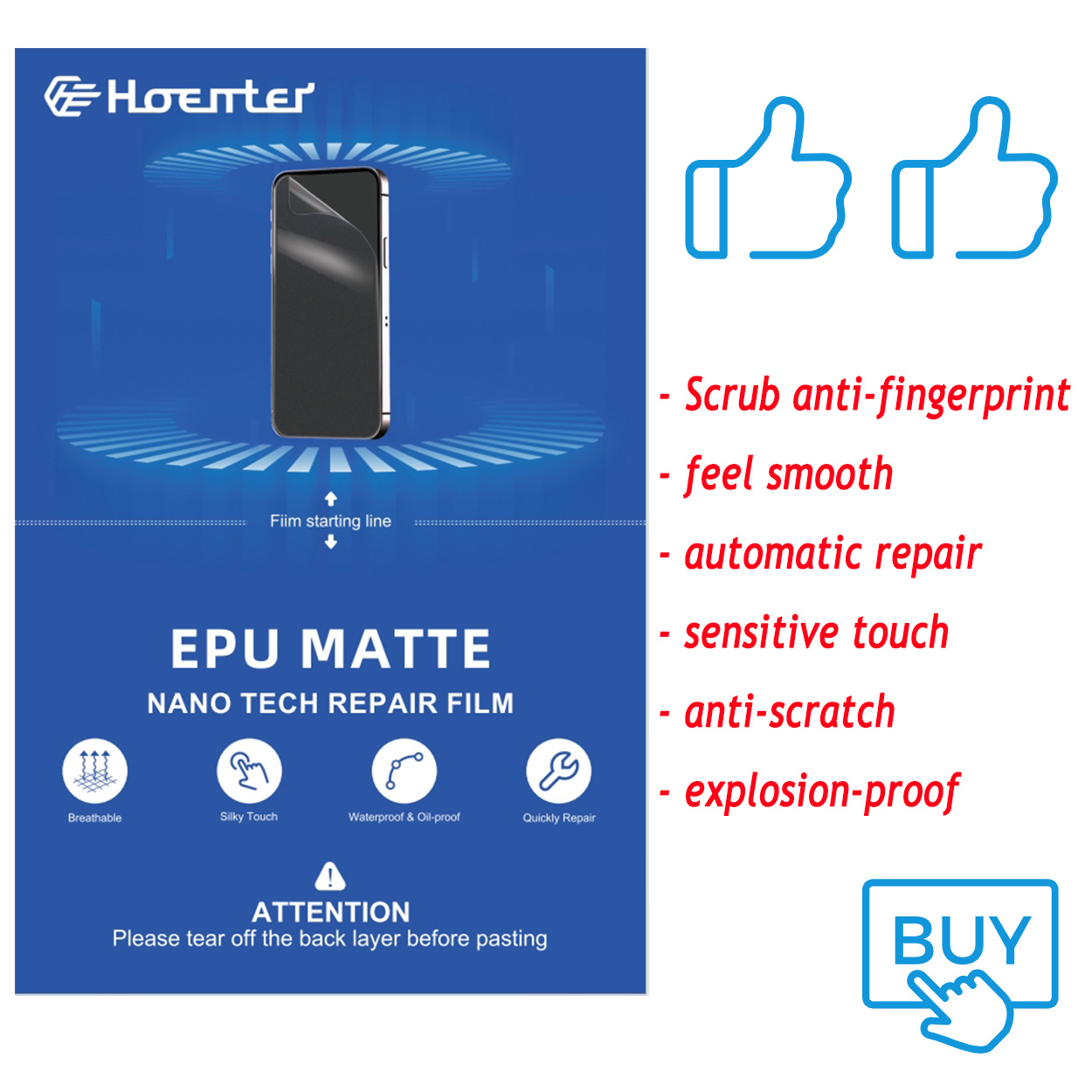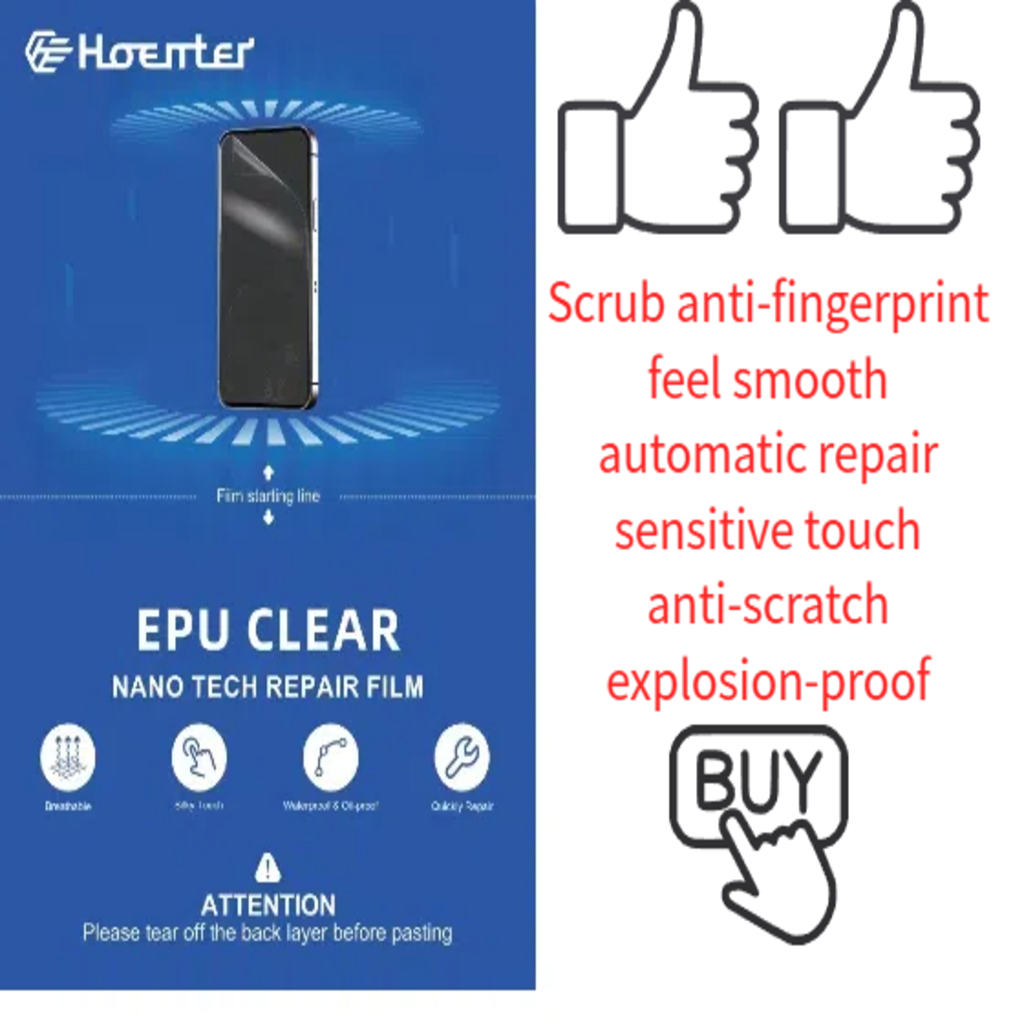
Does a Screen Protector Work Well?
Índice
Resumo
While advancements in screen technology, such as Ceramic Shield and Gorilla Glass, provide impressive durability, screen protectors can still offer an extra layer of security.Whether you choose a tempered glass, TPU, or PET protector, investing in a screen protector is a smart decision for anyone looking to keep their phone in top condition. By understanding the different types of protectors and their benefits, you can choose the best option for your needs.
1. What is a Screen Protector and Why Do You Need One?
Screen protectors are essential accessories for smartphones. They are designed to shield your phone’s screen from scratches, cracks, and other forms of damage. But do you really need one? The answer depends on how you use your phone and your lifestyle. If you’re someone who frequently drops their phone or carries it in a bag with keys and other sharp objects, a screen protector can be a lifesaver.Screen protectors are made from various materials, each offering different levels of protection. They can help maintain the resale value of your phone by keeping the screen in pristine condition. Moreover, they provide peace of mind, knowing that your screen is protected from everyday wear and tear.2. Types of Screen Protectors: Which is Best for You?
There are several types of screen protectors available, each with its own set of benefits and drawbacks. Vidro temperado protectors are popular for their durability and clarity. They offer excellent protection against scratches and minor drops. TPU (poliuretano termoplástico) protectors are flexible and offer good protection against scratches, but they may not be as clear as glass protectors. PET (Politereftalato de etileno) protectors are thin and lightweight, offering basic protection against scratches.When choosing a screen protector, consider your needs and preferences. If you prioritize clarity and durability, tempered glass might be the best option. If you prefer something lightweight and flexible, TPU or PET protectors could be more suitable.
3. Tempered Glass vs. Gorilla Glass: What’s the Difference?
Vidro temperado screen protectors are made by heating glass to high temperatures and then cooling it rapidly. This process makes the glass stronger and more resistant to impact. Gorilla Glass, on the other hand, is a type of chemically strengthened glass used in many smartphone screens. It is designed to be thin, light, and resistant to scratches and impacts.While both tempered glass and Gorilla Glass offer excellent protection, they serve different purposes. Tempered glass protectors are an additional layer of protection, while Gorilla Glass is built into the phone’s screen. Using both can provide maximum protection for your device.4. The Rise of Ceramic Shield: Is It a Game Changer?
Apple’s Escudo de Cerâmica, introduced with the iPhone 15, is a new type of glass that incorporates ceramic crystals for added strength. Apple claims that Ceramic Shield offers four times better drop performance than previous iPhone models. But does this mean you no longer need a screen protector?While Ceramic Shield is undoubtedly a significant advancement in screen technology, it doesn’t make screen protectors obsolete. Screen protectors can still provide an extra layer of protection against scratches and minor impacts, ensuring your phone stays in top condition.5. Do You Really Need a Screen Protector for Your iPhone 15?
With the introduction of Ceramic Shield, many iPhone users are questioning the necessity of screen protectors. While Ceramic Shield offers impressive protection, it is not invincible. Screen protectors can still help prevent scratches and minor damage, especially if you frequently carry your phone in a pocket or bag with other items.Ultimately, whether you need a screen protector for your iPhone 15 depends on your usage habits and how much protection you want for your device. If you want to ensure your phone remains in pristine condition, a screen protector is a wise investment.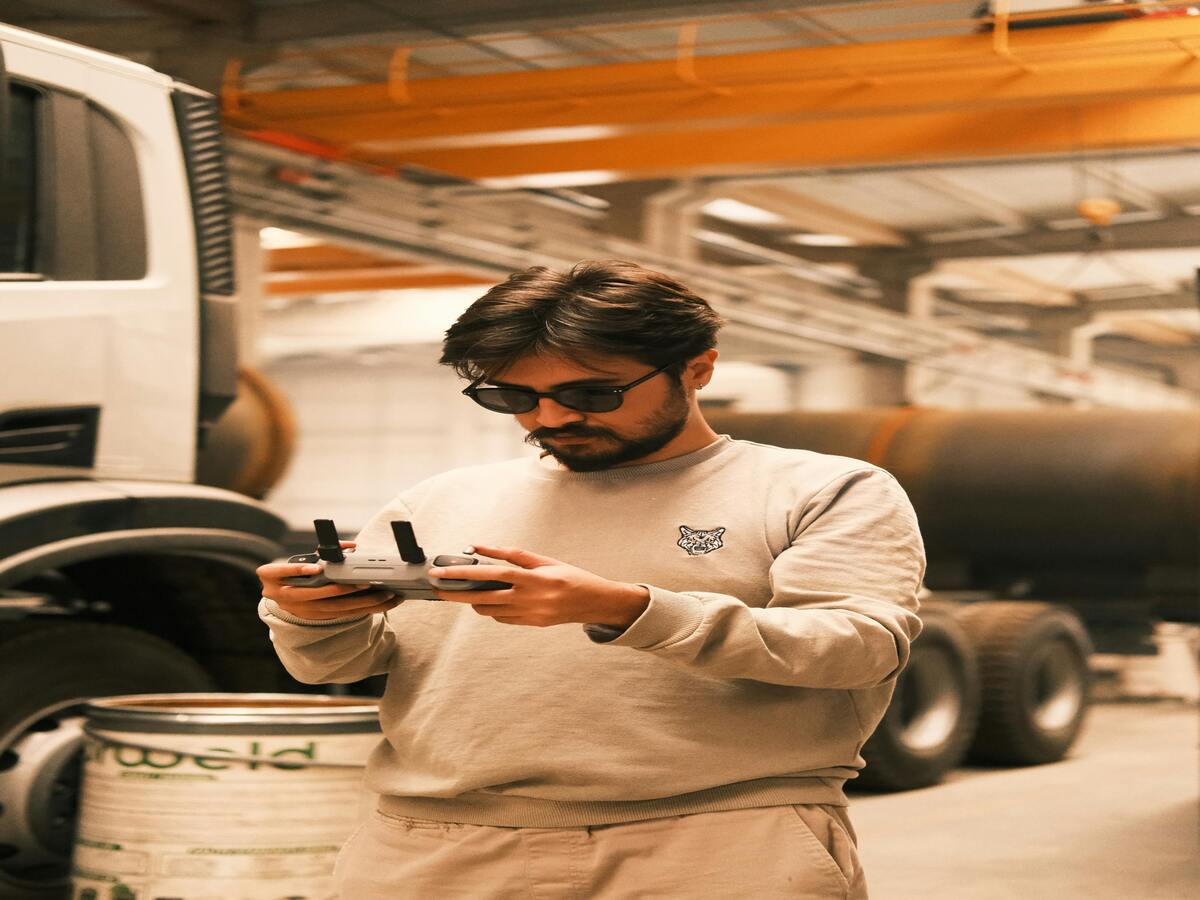
6. Impact Protection: How Much Can a Screen Protector Really Do?
Screen protectors are often marketed for their impact protection capabilities. But how much protection do they really offer? The answer depends on the type of screen protector you choose. Vidro temperado protectors are known for their ability to absorb impact and prevent cracks, while TPU protectors offer flexibility and shock absorption.While screen protectors can help reduce the risk of damage from minor drops and impacts, they are not a substitute for a sturdy phone case. For maximum protection, consider using a screen protector in conjunction with a durable case.7. The Best Screen Protectors for Smartphones: Our Top Picks
When it comes to choosing a screen protector, there are many options available. Some of the best screen protectors on the market include:- amFilm Tempered Glass: Known for its durability and clarity, amFilm offers excellent protection against scratches and impacts.
- Spigen NeoFlex: A flexible TPU protector that provides good scratch resistance and is easy to apply.
- ZAGG InvisibleShield: Offers advanced protection with self-healing technology to repair minor scratches.
8. How to Apply a Screen Protector Without Bubbles
Applying a screen protector can be a daunting task, especially if you’re worried about bubbles. Here’s a step-by-step guide to help you apply your screen protector perfectly:- Limpar o ecrã: Use a microfiber cloth and cleaning solution to remove any dust and fingerprints from your screen.
- Alinhar o protetor: Carefully align the screen protector with your phone’s screen, making sure all edges are lined up.
- Aplicar o protetor: Slowly lower the protector onto the screen, starting from one edge and working your way across.
- Remover bolhas: Use a credit card or similar object to gently push out any bubbles, starting from the center and moving towards the edges.
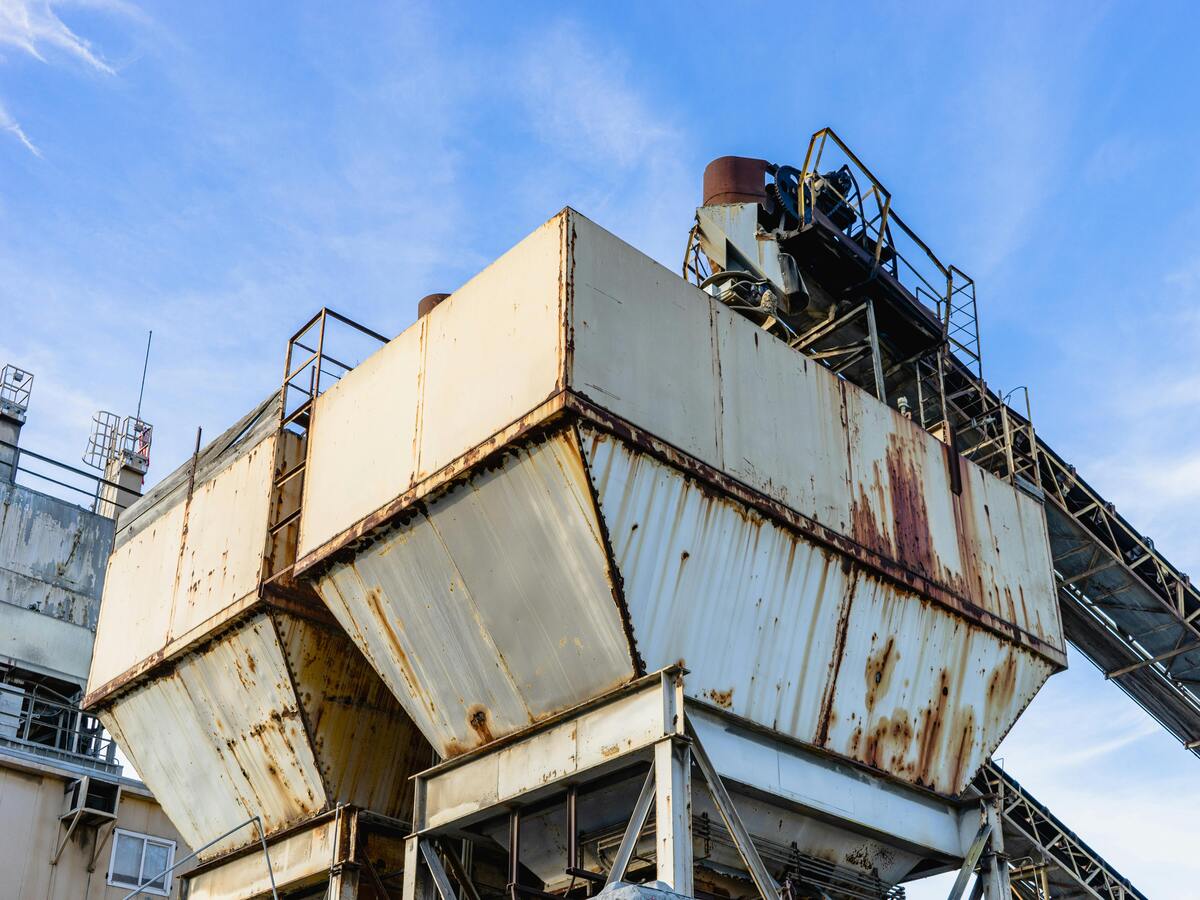
9. Common Myths About Screen Protectors Debunked
There are many myths surrounding screen protectors, and it’s important to separate fact from fiction. Here are some common misconceptions:- Myth: Screen protectors reduce touch sensitivity. While some low-quality protectors may affect touch sensitivity, high-quality protectors are designed to maintain the screen’s responsiveness.
- Myth: Screen protectors are unnecessary with Gorilla Glass. While Gorilla Glass is durable, it is not scratch-proof. A screen protector can provide an extra layer of protection.
- Myth: All screen protectors are the same. Screen protectors vary in quality and material, so it’s important to choose one that meets your needs.
Comentários
Etiquetas
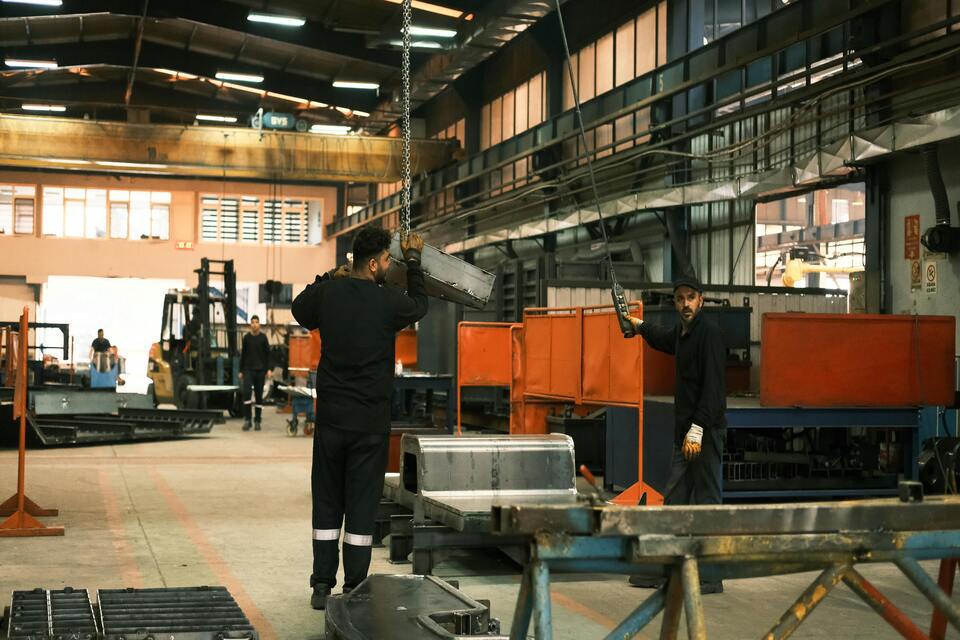
Can I Put a Screen Protector on a Cracked Screen?
By following these steps, you can effectively protect your phone’s screen, even if it’s cracked.

Como consertar um protetor de tela com bolhas?
Seguindo essas dicas, você poderá desfrutar de um protetor de tela suave e sem bolhas que mantém seu telefone com a melhor aparência e funcionamento.

As últimas inovações em máquinas de corte de protectores de ecrã
O desenvolvimento das máquinas de corte de protectores de ecrã está enraizado na história mais vasta da automação e da tecnologia dos materiais.

Wholesale Self Screen Protector Self Healing
Looking for wholesale self healing flexible screen protectors? We offer premium EPU film with unbeatable protection and a perfect fit. Contact us!

Máquina de corte de protectores de ecrã para telemóveis
Boost your profits with our advanced film cutting machines. Ideal for phone stores, repair shops, & wholesalers. Cut perfect-fit screen protectors on-demand for any device. Contact us for factory-direct pricing!
Encontre todos os conhecimentos e tendências do nosso blogue, obtenha o preço por grosso e a melhor qualidade da nossa fábrica.

O que é a máquina de corte de película e a sua aplicação
As máquinas de corte de película têm desempenhado um papel crucial na evolução da produção cinematográfica e de vários processos industriais, permitindo o corte e a união precisos de materiais de película.

O que é uma máquina de corte de protectores de ecrã?
Uma máquina de corte de protectores de ecrã é um dispositivo especializado concebido para produzir protectores de ecrã personalizados para vários dispositivos electrónicos, incluindo smartphones, tablets, smartwatches, computadores portáteis e monitores.

Como funciona a máquina de corte do protetor de tela do telefone móvel?
Uma máquina de corte de protectores de ecrã de telemóveis é um dispositivo sofisticado concebido
para produzir protectores de ecrã personalizados para vários dispositivos digitais com elevado preço
ção e eficiência.

Caraterísticas do vidro temperado para telemóveis e do protetor de ecrã TPU para telemóveis
Os protectores de ecrã em poliuretano termoplástico (TPU) são flexíveis, duradouros e
películas plásticas auto-regeneráveis concebidas para proteger os ecrãs dos dispositivos electrónicos contra
riscos, impactos e outros danos potenciais.

Revolucione a proteção de dispositivos com a máquina de corte de proteção de ecrã
Quer tenha um smartphone, tablet ou smartwatch, esta máquina versátil adapta-se a uma vasta gama de dispositivos. Adapta-se perfeitamente às dimensões do seu gadget, oferecendo um ajuste personalizado que os protectores genéricos não conseguem igualar.

Protetor de ecrã com garantia vitalícia
A garantia vitalícia de um protetor de ecrã é uma garantia fornecida pelos fabricantes que
compromete-se a reparar ou substituir um protetor de ecrã durante o tempo de vida útil do produto, de acordo com termos e condições específicos.



